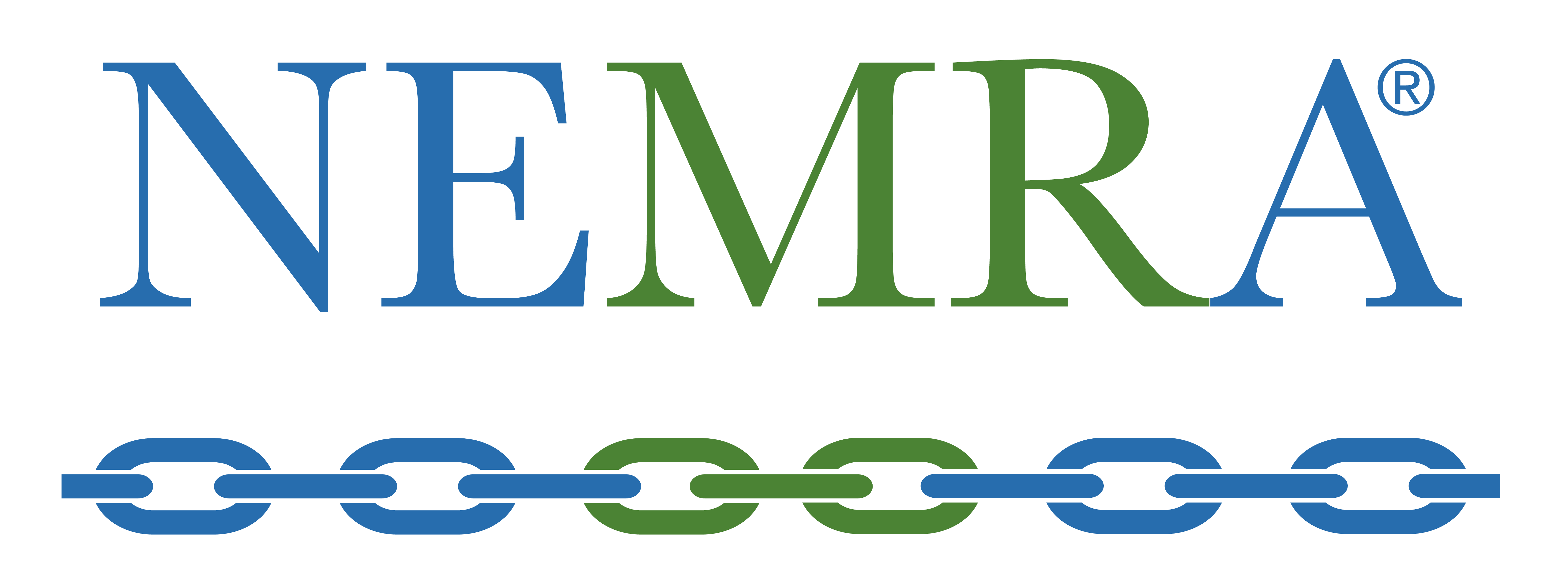It is time to start planning and forecasting for next year and take a good look at how you did against the overall market this year. Forecasting and performance measurement are crucial to the human condition.
From stocking the family pantry for the week to estimating the time it takes to get to work. It is in our nature to gather data, predict needs, forecast results, and verify our performance against a benchmark.
DISC Corp is currently forecasting the electrical distribution community to finish the 2023 year at about $134 billion dollars. With the Federal Reserve’s efforts at taming inflation compounded by political uncertainty, we are currently looking at a flat year overall in 2024, give or take. As a national electrical distributor, manufacturer, or agent I would want to use that number to calculate my overall percentage of market share and plan for areas of opportunity.
(Sales / Market Size) = % of Share
But that only tells part of the story. The competitive spirit in our distribution DNA wants us to understand the score at a much deeper level. What is my share by region? By market segment, by branch, by county, by zip code, by salesperson and product? Where do I look for future opportunity to grow my share? Are my resources in the correct places to ensure I have the right amount of coverage to meet the demand?
In order to answer these questions, you need to dive as deeply as possible into the big four economic drivers of the electrical industry. By understanding historical trends and doing some mathematical “What If” modeling of future performance you can develop a deep understanding of your market while building a roadmap to success. Thoughtful consideration of the contractor, utility, institutional and industrial markets in the areas you serve can provide these vital insights. These four segments buy the bread-and-butter pieces and parts that keep the electrical distribution community humming along day to day. How you predict the movements of these markets, what data we look at, and how these forecasts are used is critical to your success.
Supply and demand economics and forecasting are not all inclusive, nor do they rise to a level of certainty with absolute precision. The expectation of any economic forecasting is that by using reliable information from the past and applying mathematical modeling we can make a reasonably accurate prediction of the future. Dependable forecasting models are truthful, use numerous and consistent inputs from period to period, consider changes in policies that impact our industry, are normalized for inflation and are traceable back to the source data. There are many resources available for you to gather this information. Jim Lucy and Electrical Wholesaling do an outstanding job of market research and forecasting. My company, DISC Corp., has been researching and forecasting the electrical industry since 1985. Other sources – The Census Bureau, The Bureau of Labor and Statistics, and the FRED – are excellent, reliable resources. Today we are bombarded with information from all sides. It is important to be able to recognize bad data. Unreliable data and forecasts are generally opportunistic, easily manipulated and hard to verify. In 1954, Darryl Huff authored How to Lie with Statistics, his guidance on “how to look a phony statistic in the eye and face it down; and no less important, how to recognize sound and usable data in [the] wilderness of fraud” is more relevant today than it was then.In a perfect world, the demand side is always just a little bit larger than the supply side. The goal of data gathering, and forecasting is to have timely, directionally accurate and consistent business intelligence that allows you to maximize competitive advantage. Ideally, your supply should line up with demand in a way that helps you manage or anticipate the needs of the markets you serve, while leaving some money in the register at the end of each month. Understanding historical shifts in markets and forecasting the future can prepare you for changes in supply and demand that can impact your business. Take the time to forecast, model and plan: Your success depends on it. DISC has teamed up with NEMRA to provide special pricing and is ready to help you understand the markets we serve.
Article written by: DISC Corp – Christian Sokoll
Learn more about Disc Corp:
Schedule a meeting with Disc Corp:




